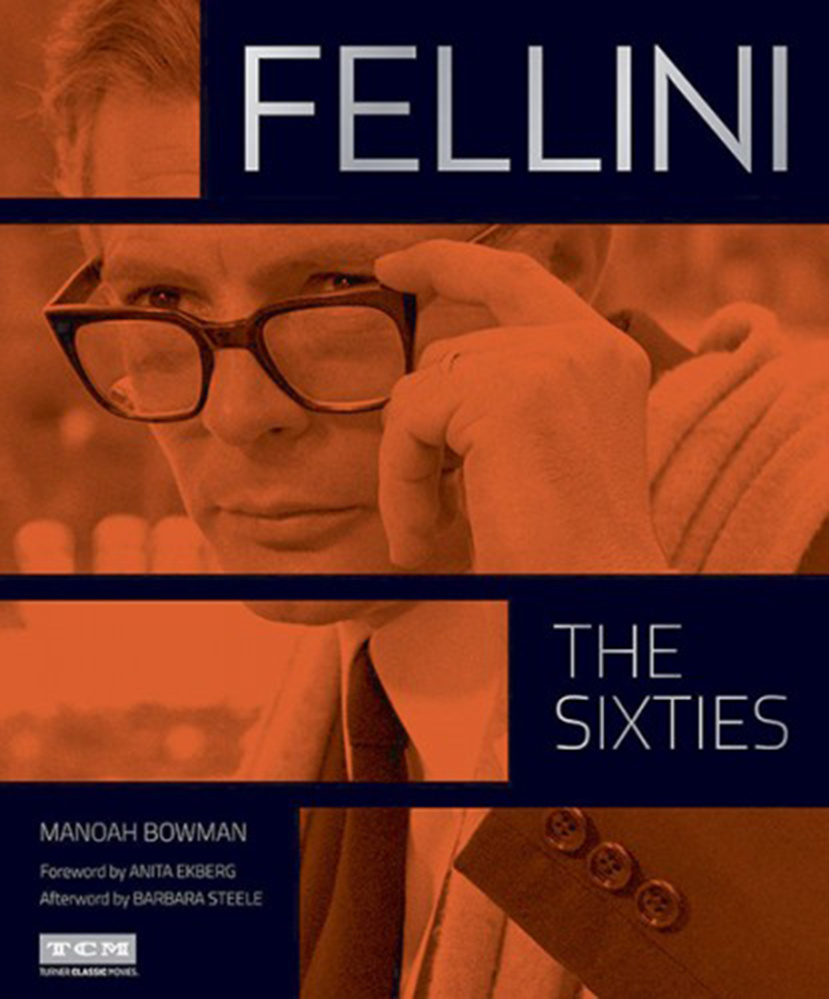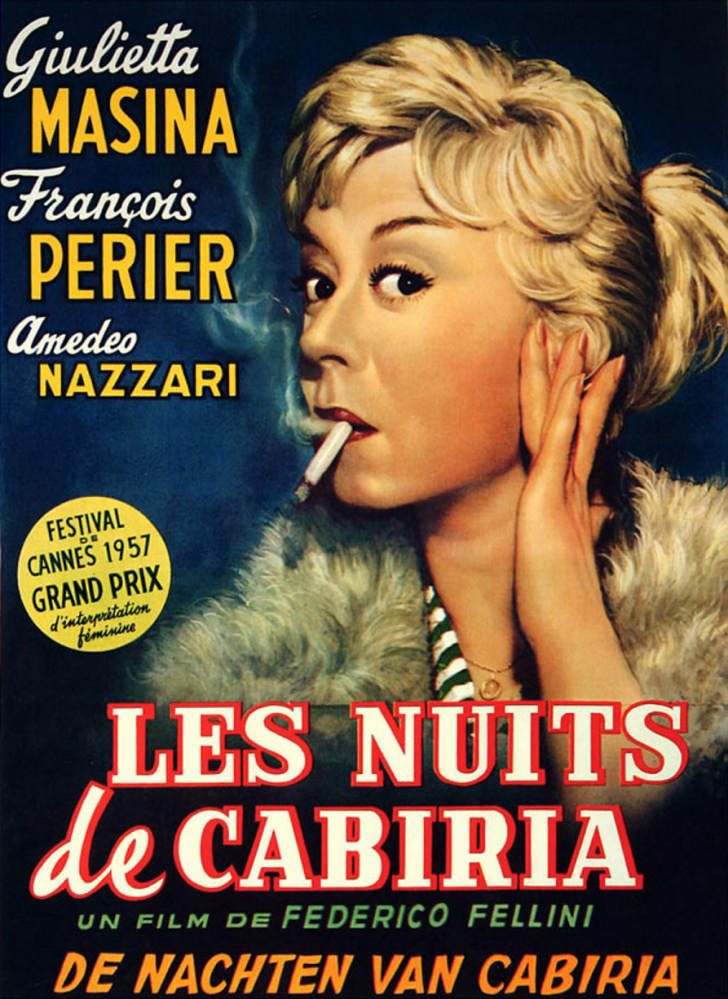For Federico Fellini aficionados, the lavishly illustrated new book “Fellini: The Sixties” is the equivalent of a mouthwatering plate of spaghetti and a glass of the best Chianti.
It’s a fantastic voyage into the magical world of one of cinema’s greatest masters, who during his career was nominated for 12 Academy Awards, receiving an honorary Oscar in 1993 “in recognition of his cinematic accomplishments that have thrilled and entertained worldwide audiences.”
Four of his films – “La Strada,” “The Nights of Cabiria,” “8 1/2” and “Amacord” – won Oscars for foreign-language film.
During the 1960s. Fellini’s films became more daring and surreal – and his prominence and influence grew. The book explores his films from that decade – 1961’s” La Dolce Vita,” 1963’s “81/2,” 1965’s “Juliet of the Spirits” (his first excursion into color), 1969’s “Fellini’s Satyricon,” as well as his contributions to the anthology films “Boccaccio ’70” (1962) and 1968’s “Spirits of the Dead.”
Culled from the Independent Visions Archive, the book features more than 150 images printed from the original negatives. Many of these photographs have never been published before.
The images are almost as incredible as the films, especially the photos of the larger-than-life Fellini as he directs such stars as Anita Ekberg in “La Dolce Vita” and his attention to detail working with actors Martin Potter and Max Born in “Satyricon.”
“He is someone who is so famous in concept and theory as a name, many people only know him by his last name,” said author Manoah Bowman, proprietor of Independent Visions Archive.
“But while many know his name,” he noted, “let’s face it. Most of the young generation has never seen one of his movies. They know the term ‘paparazzi’ that came from ‘La Dolce Vita,’ but they don’t know its origin. He has to be introduced to a new century.”
That’s the main reason why the book, published by Running Press and Turner Classic Movies, concentrates on that decade. “The early films from the 1950s are better structured, but that is not what people care about anymore,” said Bowman.
“We wanted to use the films we felt that would speak to the generation today. We had to make some tough choices that would appeal to young people. These films in the 1960s were pushing the envelope.”
The book also features essays on Fellini by Gregor Meyer and Cory Milton and a particularly cheeky foreword by the late Ekberg, who made four films with the director. “Federico always loved beautiful women – and I was a beautiful woman!” she wrote.
“Federico and I were happy in each other’s company and on the set. I helped to make his name and he made me even more famous. Giulietta (Masina) his wife, was very jealous, but I rarely saw her.”
British actress Barbara Steele (“Black Sunday”), who arrived in Rome in 1960, played Gloria Morin, the new girlfriend of Guido’s (Marcello Mastroianni) best friend in “8 1/2.”
Fellini, said Steele by phone, “had a very intimate relationship with Rome. He would go out into it. He loved the night because it’s very solitary, and he loved all the strange people who would be hanging out.”
Sometimes he would ask Steele to join him. Eventually, she noted, “I got into it myself. In those days you would walk anywhere and not be frightened of being accosted. You could walk by the Tiber at 3 in the morning.”
Steele said Fellini would see “all of Rome” for the roles in his films. He would take months and months to cast. You could be the butcher, the baker and the candlestick maker – he didn’t care.”
Nobody got a script. And because the dialogue was looped after the film was shot, Fellini had a 16-piece orchestra on the set that played, and there was special food for everyone. “Giulietta Masina would arrive with these little silver trays with these little cakes she would bake,” Steele recalls.
She was set to collaborate with him again on his 1976 film, “Fellini’s Casanova,” but she said the production was shut down for several months after the first three weeks of filming disappeared from the vault.
When the film resumed production, her part was eliminated. “There was a whole wonderful sequence in Venice,” said Steele. “This was way before Viagra. I played his alchemist who cured impotency with these wonderful spells.”
Send questions/comments to the editors.




Success. Please wait for the page to reload. If the page does not reload within 5 seconds, please refresh the page.
Enter your email and password to access comments.
Hi, to comment on stories you must . This profile is in addition to your subscription and website login.
Already have a commenting profile? .
Invalid username/password.
Please check your email to confirm and complete your registration.
Only subscribers are eligible to post comments. Please subscribe or login first for digital access. Here’s why.
Use the form below to reset your password. When you've submitted your account email, we will send an email with a reset code.